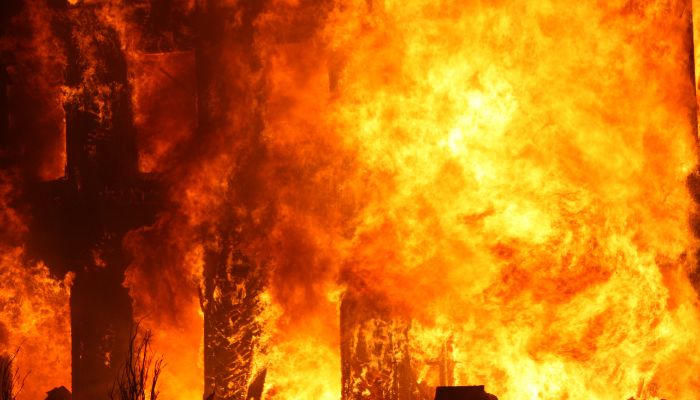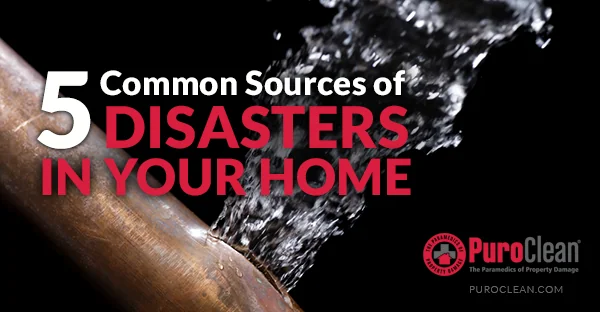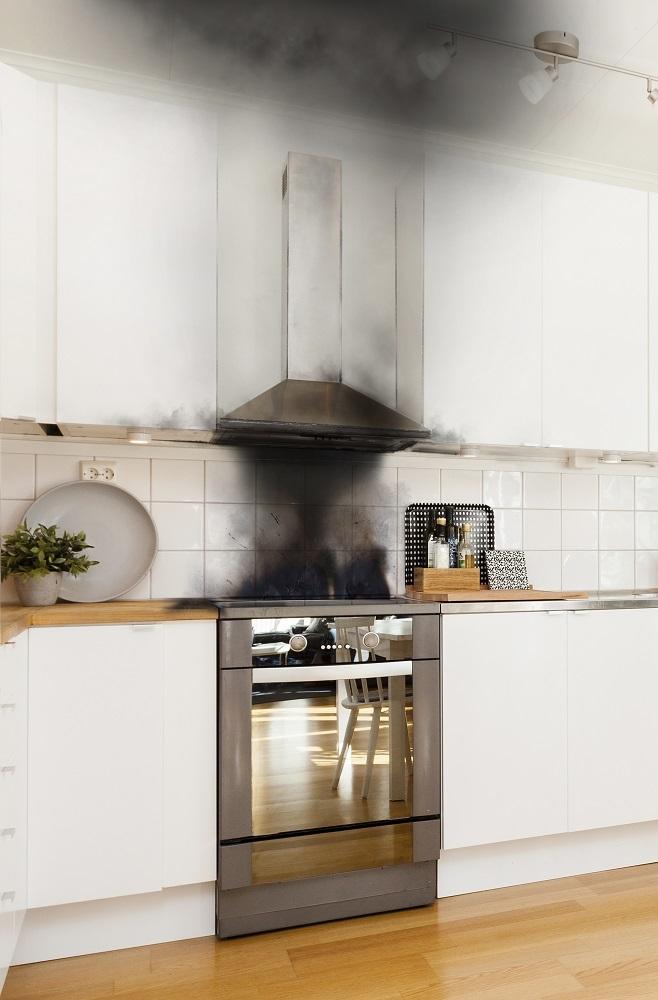Experienced a fire in your home or business is devastating. Beyond the emotional toll, the physical damage caused by fire, smoke, soot, and even the water used to extinguish the flames can leave your property in chaos. Fire damage restoration Troy Hills, NJ is a critical process that helps you recover and rebuild after such an event. Understanding what to expect during this process can ease some of the uncertainty and ensure you’re prepared to take the necessary steps of the fire damage restoration process.

Fire Damage Restoration Process:
1. Immediate Response and Assessment
The first step in fire damage restoration is a prompt response. Fire damage can worsen over time, with lingering smoke and soot causing further deterioration to surfaces and materials.
- Emergency Contact: Restoration often begins with contacting a professional service to assess the situation. Many companies offer 24/7 emergency services to minimize delays.
- Initial Inspection: A thorough inspection of the property is conducted to evaluate the extent of fire, smoke, and water damage. Restoration professionals identify areas of structural damage, items that can be salvaged, and hazards that need immediate attention, such as exposed wiring or weakened walls.
2. Securing the Property
A fire can leave your property vulnerable to further damage from weather, vandalism, or theft. Securing the site is an essential part of the restoration process.
- Board-Up Services: Openings like broken windows, doors, or holes in the roof are sealed with boards to protect the property from outside elements.
- Roof Tarping: If the fire has caused significant roof damage, tarps may be installed to prevent water intrusion and weather-related damage.
3. Water Removal and Drying
Fires are often extinguished with water, which can lead to water damage if not addressed quickly. Standing water creates a breeding ground for mold and further weakens building materials.
- Water Extraction: Industrial pumps and vacuums are used to remove standing water from the property.
- Dehumidification and Drying: Dehumidifiers and air movers help eliminate moisture from walls, floors, and ceilings to prevent mold growth and structural degradation.
4. Smoke and Soot Removal
Smoke and soot leave a lasting impact on a property, coating surfaces with residue and producing lingering odors. Specialized cleaning is necessary to restore affected areas.
- Surface Cleaning: Hard surfaces like walls, ceilings, and furniture are cleaned with specialized products to remove soot without causing further damage.
- Odor Removal: Air scrubbers and ozone generators are used to eliminate smoke odors. HVAC systems may also be cleaned to remove smoke particles and prevent them from circulating throughout the property.
- Restoration of Soft Goods: Items like clothing, upholstery, and curtains are treated with advanced cleaning techniques, such as dry cleaning or ultrasonic cleaning, to remove smoke damage.
5. Removal of Debris and Damaged Materials
The fire restoration process includes the removal of debris and unsalvageable materials to create a safe working environment.
- Debris Removal: Burnt furniture, destroyed appliances, and other debris are removed from the property.
- Selective Demolition: Severely damaged areas of the property, such as charred walls or flooring, may be demolished to prepare for rebuilding.
6. Cleaning and Sanitizing
After the debris is cleared, a comprehensive cleaning and sanitization process begins to ensure the property is safe and habitable.
- Deep Cleaning: Every affected surface is cleaned to remove any lingering soot, dirt, or residue.
- Sanitization: Antimicrobial treatments are applied to prevent mold growth and eliminate bacteria introduced by water damage.
- Air Quality Improvement: HEPA filters and air purifiers are used to improve indoor air quality and remove airborne particles.
7. Restoration and Rebuilding
Once the property is cleaned and sanitized, the focus shifts to restoring it to its pre-fire condition. This phase may involve minor repairs or extensive reconstruction, depending on the severity of the damage.
- Structural Repairs: Damaged walls, ceilings, floors, and roofs are repaired or replaced.
- Painting and Finishing: Walls and ceilings are repainted, and finishing touches are added to restore the appearance of the property.
- Reinstallation of Fixtures: Electrical systems, plumbing, and HVAC units that were damaged in the fire are repaired and reinstalled.
8. Salvaging Personal Belongings
Fire damage restoration also includes efforts to recover and restore personal items affected by the fire.
- Content Cleaning: Items like photographs, documents, electronics, and heirlooms are cleaned using specialized techniques.
- Inventory Management: Professionals often document and catalog belongings to help determine what can be salvaged and assist with insurance claims.
9. Coordination with Insurance
Navigating the insurance claims process can be overwhelming after a fire. Restoration professionals often work directly with insurance companies to streamline the process.
- Documentation: Detailed reports, photographs, and inventories are prepared to support your claim.
- Claim Assistance: Professionals communicate with your insurance adjuster to ensure all damage and restoration costs are covered appropriately.
10. Preventative Measures for the Future
Once the restoration is complete, it’s essential to take preventative steps to reduce the risk of future fires:
- Install Smoke Alarms: Ensure smoke detectors are installed in every room and regularly test their functionality.
- Fire-Resistant Materials: Consider using fire-resistant materials for roofing, insulation, and other structural components.
- Create a Fire Escape Plan: Develop and practice a fire evacuation plan for your family or employees.
Conclusion
The fire damage restoration in Troy Hills, NJ is a comprehensive journey that involves cleaning, repairing, and rebuilding your property while addressing emotional and financial challenges. Knowing what to expect can provide clarity and help you make informed decisions during this difficult time. Acting quickly, working with experienced professionals, and taking preventative measures can ensure your property is restored to a safe and comfortable state.



